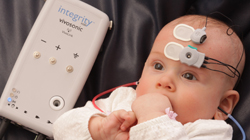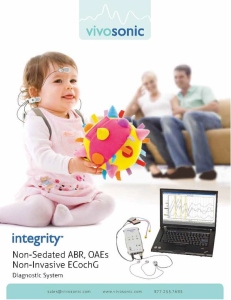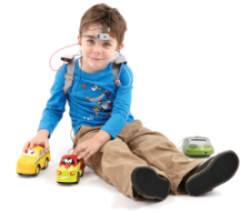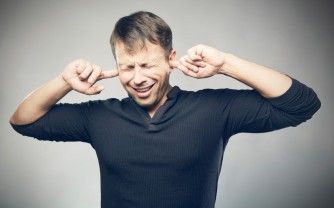Hearing loss is a leading birth defect among newborn babies, and updated technology at Hearing Professionals of Alabama is allowing audiologists to identify and diagnose hearing loss in a new way.
Statistics show that between four to six newborns in every 1,000 have some degree of hearing loss, which can range from a mild hearing loss to profound deafness. To address this issue, most states, including Alabama, have mandated that all newborns receive a hearing screening prior to discharge from the hospital. Every infant who does not pass this initial screening or who is at risk for hearing loss must be referred for outpatient testing.
Hearing Professionals of Alabama has become a new referral site for follow-up testing from newborn hearing screenings in East Alabama. Sedation or a patient being asleep and very still may be required in traditional testing methods to keep the infant in a still state in order to obtain accurate responses. However, with our advanced equipment, auditory brainstem response (ABR) testing can be performed on an awake infant, child, or adult.
Hearing Professionals of Alabama is the first facility in East Alabama to have this technology, known as a Vivosonic Integrity Auditory Brainstem Response (ABR) system. ABR testing has been used for several decades, but this particular system allows the audiologist to perform ABR testing for hearing assessment without sedation, making it ideal for testing children of all ages as well as other difficult-to-test populations. Patient can be awake and active (i.e. reading or playing with toys) during the test. This allows our audiologists to get complete and accurate test results easily, without repeated testing or referring them on for sedated testing.
Research has shown that the critical development stage for speech and hearing is from birth to three years of age. This has led health professionals to adopt what is known as a “1-3-6” rule where infants are tested by one month of age, diagnosed by three months of age, and intervention begun by six months of age. Even with this information, many children can go undiagnosed for a long time.
At Hearing Professionals of Alabama we have the luxury of taking the time to do what is needed. We are able to sit down and discuss the results with parents at the time of testing, which parents really appreciate.
Once a hearing loss has been identified, Hearing Professionals of Alabama can provide the appropriate intervention including hearing aid fitting, other assistive listening devices, parent counseling and also make referrals for speech/language therapy.
If you have questions about this test or need to make a referral, call our office (334) 521-7501.









